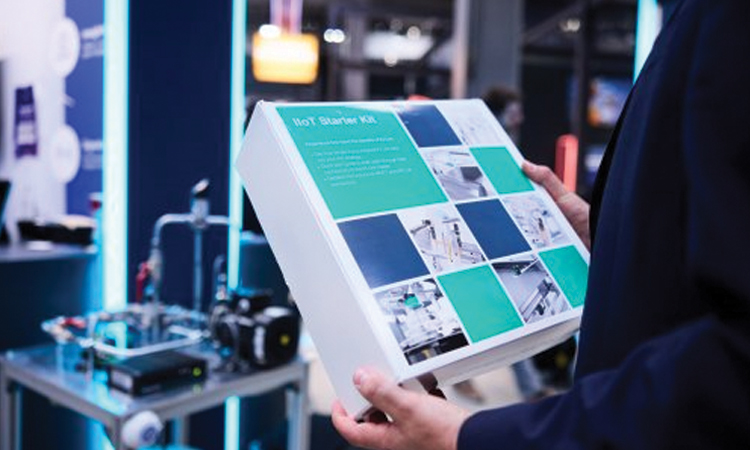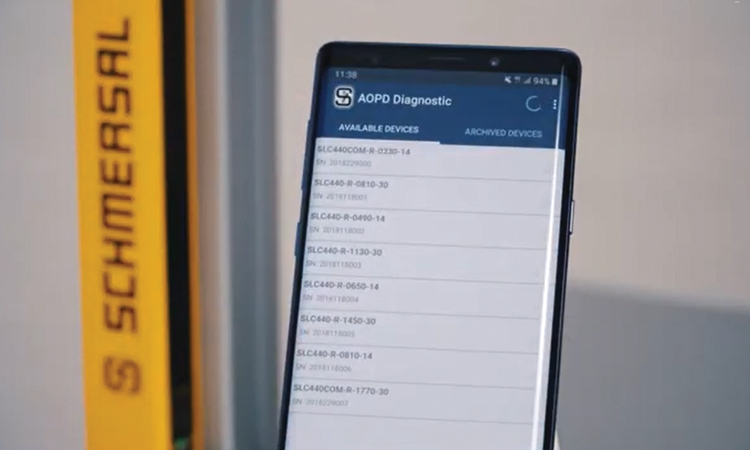Leading Industry Associations Unite to Support Auto Components…

Contamination Control in Compressed Air Systems | ENGINEERING REVIEW | Manufacturing | Industrial Sector Magazine & Portal | Indian Industrial Information | Manufacturing Industry Update | Manufacturing Technology Update
Compressed air is widely used in various industrial applications, from powering pneumatic tools to providing clean and controlled environments for manufacturing processes. However, compressed air is not as clean as it might seem, and contamination can have significant impacts on both product quality and equipment performance. This article explores the importance of contamination control in compressed air systems and provides insights into effective strategies to maintain air quality.
Understanding Contaminants in Compressed Air
Contaminants in compressed air can come from various sources, including the ambient environment, the compressor itself, and the distribution system. These contaminants can be categorized into four main types:
- Particulate Contamination:
Particles such as dust, rust, and debris can enter the compressed air system through intake air or as a result of wear and tear in the compressor. - Water Vapor:
Air contains moisture, which can condense into liquid water when compressed. Excess moisture can lead to corrosion and the growth of microorganisms in the system. - Oil and Hydrocarbon Contamination:
Oil and lubricants used in compressors can contaminate the compressed air, leading to problems in downstream equipment and compromising product quality in applications like food processing and pharmaceuticals. - Microbiological Contamination:
Bacteria, fungi, and other microorganisms can thrive in the moist and warm conditions of compressed air systems, potentially causing health hazards and product contamination.
The Impact of Contamination
Contaminants in compressed air can have several adverse effects:
Reduced Equipment Lifespan: Particulate contamination and moisture can cause wear and tear on equipment, leading to premature failure and costly repairs.
Lower Product Quality: Contaminants can compromise product quality in industries such as food and beverage, pharmaceuticals, and electronics manufacturing.
Health and Safety Risks: Microbiological contamination can pose health risks for personnel working with compressed air, especially in critical environments like cleanrooms.
Increased Maintenance Costs: Regular maintenance and replacement of equipment components affected by contamination can be expensive and time-consuming.
Contamination Control Strategies
To maintain the quality of compressed air, it is essential to implement contamination control strategies:
Air Filtration: Installing high-quality filters at the inlet of the compressor can effectively remove particulate contaminants. Different filtration stages may be needed to address various particle sizes.
Moisture Control: Refrigerated or desiccant dryers can be used to remove moisture from compressed air, preventing condensation and the growth of microorganisms.
Oil Separation: Coalescing filters and condensate management systems are used to remove oil and hydrocarbon contaminants from the air.
Regular Maintenance: Implementing a proactive maintenance schedule for compressors and filtration systems helps ensure they are functioning optimally.
Monitoring and Testing: Regular air quality testing can identify contamination issues before they become critical. Microbial monitoring is particularly important in applications where hygiene is critical.
Education and Training: Personnel working with compressed air should receive proper training to understand the importance of contamination control and how to maintain the system effectively.
Conclusion
Contamination control is a critical aspect of compressed air system management. Understanding the types of contaminants and their potential impact on equipment and product quality is essential for businesses in various industries. By implementing appropriate contamination control strategies and adhering to maintenance best practices, organizations can ensure the reliability and performance of their compressed air systems while minimizing risks and costs associated with contamination.









